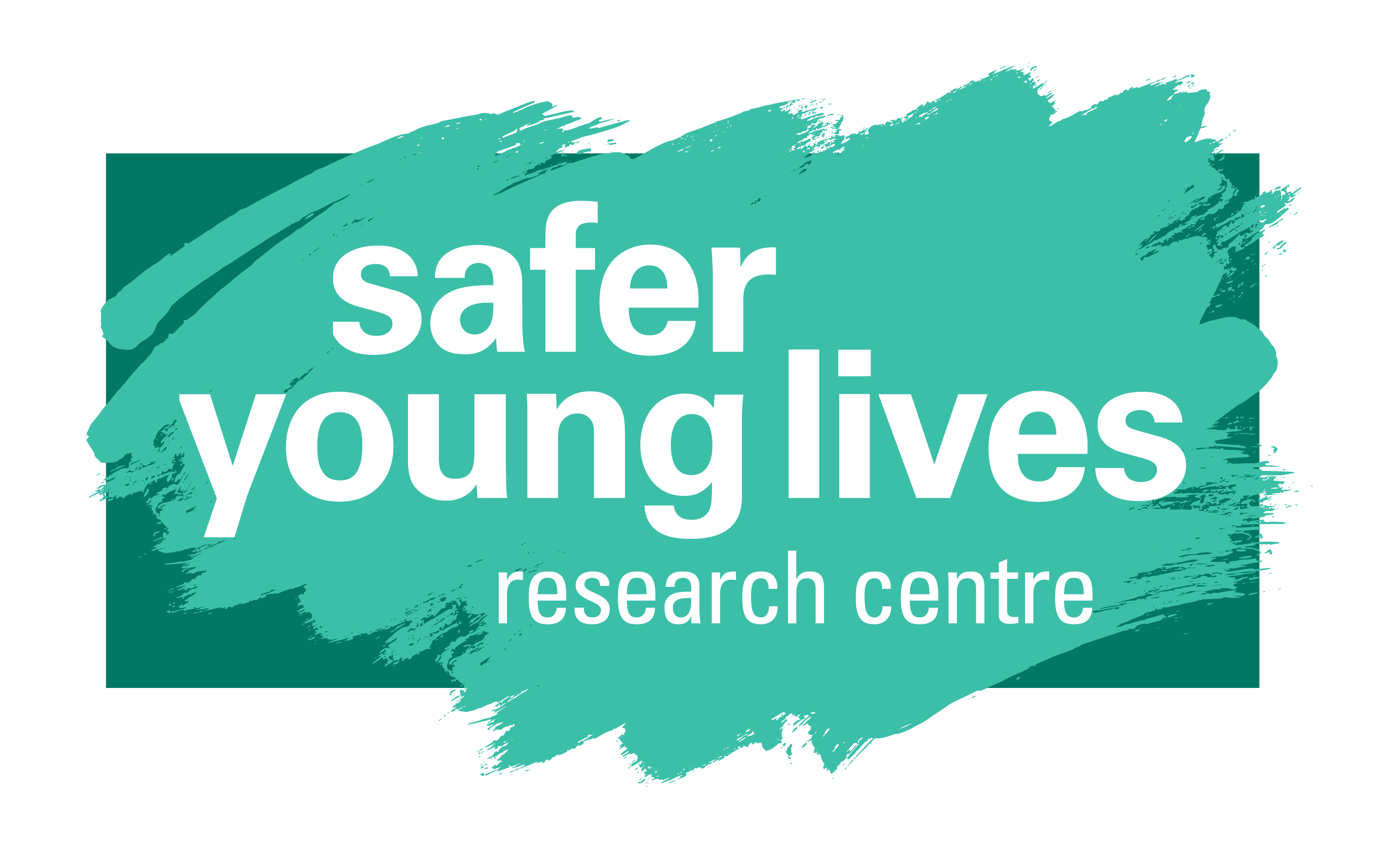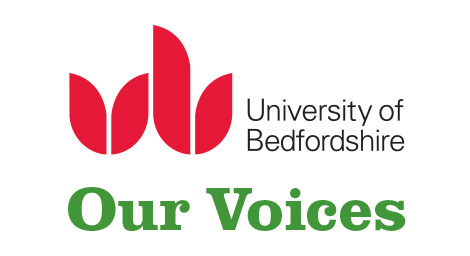Meaningfully involving young people in advocacy on sexual violence

We recently joined a new ‘Child Participation Community of Practice’ (CoP) bringing together practitioners and researchers working in the field of children’s rights and international development interested in sharing learning and reflecting on how they engage the children and young people they work with in participation. Our first meeting explored how organisations can engage vulnerable groups of children and young people in meaningful and ethical ways in their participatory work. During the CoP meeting, we focussed our discussion on young people who are engaged in advocacy activities relating to sexual violence or related issues. This resonated well with the Our Voices Too project, through which we are supporting partner organisations in Albania, Serbia and Moldova to build the capacity of a group of young people affected by sexual violence to become young advocates.
This blog shares considerations for meaningfully involving young people in advocacy on sexual violence, combining insights from discussions with CoP members, the Our Voices Too project and the International Centre’s experience of researching and doing participatory practice with young people affected by sexual violence.
Often, fear of re-traumatisation can deter organisations from taking opportunities to engaging young people in activities. We know from research that professionals can be reluctant to engage with young people who have experienced sexual violence in consultation processes, and particularly in group work, as they worry about the potential risk of causing harm to participants (see Claire Cody’s previous blog on the potential of group work with young people affected by sexual violence). Members of the CoP confirmed this was the case for other vulnerable groups they worked with, such as children with physical or learning disabilities, unaccompanied or undocumented children, looked-after children, children involved in emergency response situations, working children, young carers and children involved in criminal exploitation groups.
When young people become advocates (and they often do after transitioning out of a service), they may be exposed to new forms of vulnerability. Advocating on sensitive topics such as sexual violence bears risks linked to stigma and challenges associated with representation, especially when young people challenge power dynamics or social norms that may have allowed sexual violence and other forms of abuse to flourish. We found this evidenced in research we are conducting at the International Centre on youth-led advocacy networks that address sexual violence and related sexual and reproductive health and rights issues. Some young people we interviewed said they were ‘not being taken seriously’ by decision-makers and shared this could be very disheartening. Some of them also expressed their frustrations with being invited to speak at conferences only to share their personal stories of abuse and not being meaningfully involved in debates or decision-making processes on addressing sexual violence. For example, they described instances where they were placed in ‘special youth panels’ segregated from adult stakeholders. Some of the young people we spoke to further shared that they were no longer ‘given special treatment’, nor were they invited to participate in advocacy projects or speak at events and conferences, after deciding they no longer wished to openly identify as ‘survivors’. This attitude can be extremely damaging for young people as it reduces them to their ‘victimhood’ an undermines their agency.
It is not always possible to predict or pre-empt the challenges that may emerge in an advocacy project but, while risks cannot be completely avoided, it is important to focus on how we can ‘work with and manage risk’ (Warrington, 2016). There is evidence suggesting that youth advocacy, if done meaningfully, can offers a range of benefits to young people such as increasing their resilience, self-confidence, fostering a sense of connectedness and adding therapeutic value to recovery from sexual violence (Hagell, 2013; Houghton, 2015; Oliver et al., 2006). Ideally when weighing up the risks of young people’s involvement in participatory projects, we should consider the potential benefits of their involvement alongside the risks of non-involvement. As a guiding principle, participatory work should aim to ‘maximise benefit for individuals and society as well as minimise risk and harm’ (ESRC, 2017).
Lansdown and O’Kane’s Models of Participation (2015) offer a useful typology for framing participatory practice. This typology can be applied to any types of participation – in a recent scoping we conducted on participatory research with young people on sexual violence, for example, we used this typology to classify participatory research projects (see the Being Heard report)
The three models of participation outlined by Lansdown and O’Kane are:
- ‘Consultative’: Initiatives that elicit young people’s perspectives and offer them opportunities for influence, e.g. by informing services or decisions affecting them.
- ‘Collaborative’:Adults working in varying degrees of partnership with young people. Collaborative initiatives create opportunities for young people to actively influence the design and processes of projects and to share decision-making. Projects generally remain adult-initiated, although their inception and development may be informed by young people.
- ‘Child/youth-led’: Projects initiated and led by young people.They rely on opportunities and resources to enable young people to initiate and run their own activities. Processes are owned and led by young people, and adults may be invited to facilitate, provide resources, funding or guidance and to support them with aspects of their work.
(Lansdown and O’Kane, 2015)
Young people may participate in an advocacy project in different ways: they may shape advocacy messages through consultation, collaborate with adults to co-produce an advocacy campaign, or be supported by an organisation to design they own campaigns or advocacy projects. These different types of participation often overlap within the same advocacy project – young people can be involved to different degrees in various stages of the project depending on capacity, interests, individual circumstances and resources available. It is important not to view different levels of participation as a ‘hierarchy’; we like instead to think of participation as a ‘continuum’. A marker of a truly participatory advocacy campaign, across the participation continuum, is that young people are involved in decision-making processes and ‘share’ some degree of power.
So how can we make participation meaningful for young people when engaging them in an advocacy project?
At the International Centre, we developed a checklist for planning participatory projects available on the Our Voices website resources page. We suggest it is used in conjunction with the International Centre’s ‘Ethical working paper on children and young people’s participation in research to address sexual violence’ also available on the resources page. The ethical framework outlined in this paper can be relevant to participatory activities more broadly, including youth advocacy to address sexual violence. Many of the considerations detailed in the framework were discussed at the CoP. We highlight some of them below, noting that these are not exhaustive. We invite researchers and organisations to refer to the Ethical Paper for a more comprehensive, suggested ethical framework.
Informed and on-going consent
At the International Centre, we recognise that young people’s consent to participate in a participatory project should be informed and voluntary. Young people should fully understand what their role in the advocacy project or campaign will be and the implications of participating in it. The information provided should be easily accessible to individuals with different levels of abilities, literacy and language skills. Consent should be on-going and young people should be given the option to refuse and to withdraw consent at any stage of the project. When asking young people for their consent, we should be mindful that young people’s ability to consent to take on an advocacy role may be constrained: they may, for example, feel obliged to participate on grounds of their existing relationships with the organisation or workers facilitating the project. Non-participation should always be respected.
Representation and identity
We believe that young people taking part in advocacy on sexual violence should choose how they would like to be represented. While their insight and ‘lived experiences’ is invaluable to shaping advocacy message that are relevant to the issues they have experienced, it is not necessary for them to talk about what has happened to them. This needs to be discussed and agreed with them from the very beginning of a project. Some young people might be reluctant to take part in an advocacy project if they worry about having to share their personal experiences of sexual violence. Although some may wish to share aspects of ‘their story’ within a certain time and context, we should recognise that this is not always desirable: it can be potentially traumatic; tie young people to an identity associated with ‘victimhood; and jeopardise anonymity; and it should never be a condition to participating in an advocacy project. Professionals should support young people to carefully consider the implications of identifying as a survivor if they express this desire. Professionals should also consider the implications if some members of a group want to identify as survivors but not others – for example, will their choice to do so compromise the anonymity of other group members?
Setting ground rules and managing risk as a group
In group-based advocacy work, it is important to acknowledge potential for conflict and power imbalances within the group and to develop a group working agreement to manage conflict. This group agreement should also clarify how young people wish to represent themselves and should address how to manage confidentiality as a group. Organisations need to prepare young people and support them to make fully informed choices about what they share in group settings – and implications of this. At the International Centre, we use an exercise that helps people to think about what it means to share something in a group and the limits of confidentiality in these settings called ‘the toothpaste exercise’.
Like consent, risk assessment is an ongoing process that should be undertaken with young people before, both individually and as a group, during and after participatory projects.
The International Centre’s ‘Ethical working paper on children and young people’s participation in research to address sexual violence’ provides a suggested ethical framework covering many more aspects of participatory practice, including:
- Voluntary participation
- Accessibility and inclusivity
- Safety and managing risk
- Supporting meaningful participation
- Representation and identity
- Learning, feedback, and accountability
We hope it can be useful in prompting other researchers and organisations to think how they can strengthen youth advocacy and participatory practice more broadly.
References
Economic and Social Research Council (ESRC) (2017) Research with children and young people. Available at: http://www.esrc.ac.uk/funding/...
Hagell, A. (2013). ‘Be Healthy’ Project Evaluation. Available at: http://www.youngpeopleshealth....
Houghton, C. (2015) ‘Young people’s perspectives on participatory ethics: Agency, power and impact in domestic abuse research and policy-making’, Child Abuse Review, 24, pp. 235-248.
Lansdown, G. and O’Kane, C. (2015) A toolkit for monitoring and evaluating children’s participation. London: Save the Children.
Oliver, K. G., Collins, P., Burns, J. and Nicholas, J. (2006) ‘Building resilience in young people through meaningfulparticipation’, Australian e-Journal for the Advancement of Mental Health, 5(1), pp. 1-7.
Warrington, C. (2016) Young person-centred approaches in child sexual exploitation (CSE) – promoting participation and building self-efficacy. Dartington: Research in Practice. Available at: https://www.our-voices.org.uk/...
Warrington, C. (2018) Children and Young People’s Participation in Research to Address Sexual Violence: Ethical Working Paper. Available at: https://www.our-voices.org.uk/...






